Home>Furniture & Design>Bathroom Accessories>How To Remove Water Stains From A Fabric Shower Curtain
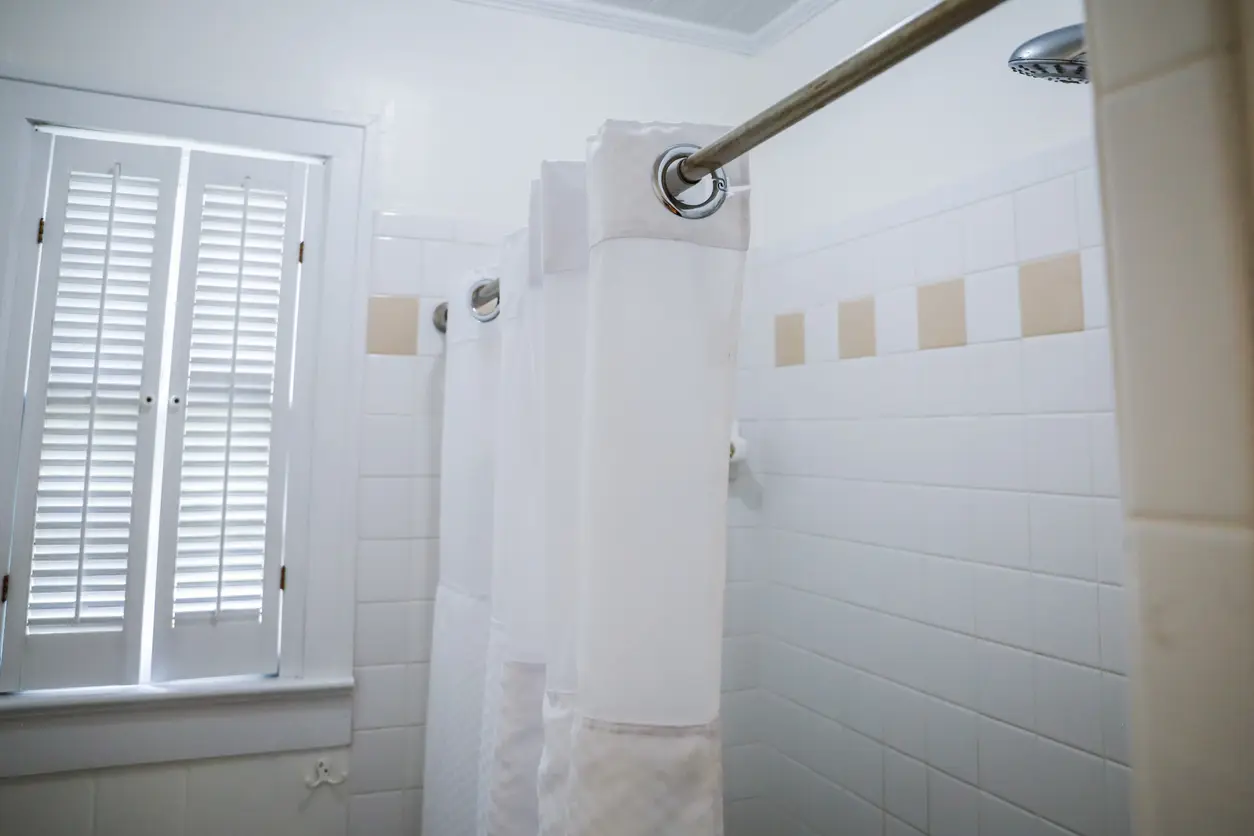

Bathroom Accessories
How To Remove Water Stains From A Fabric Shower Curtain
Modified: February 24, 2024
Learn how to effectively remove water stains from your fabric shower curtain with our easy-to-follow guide. Keep your bathroom accessories looking fresh and clean.
(Many of the links in this article redirect to a specific reviewed product. Your purchase of these products through affiliate links helps to generate commission for Storables.com, at no extra cost. Learn more)
Introduction
Fabric shower curtains are a popular and versatile choice for many bathrooms, adding a touch of elegance and style to the space. However, one common issue that can detract from their aesthetic appeal is the presence of water stains. These unsightly marks can develop over time due to the accumulation of water droplets, soap scum, and mineral deposits, leaving the once pristine curtain looking dull and unattractive.
Fortunately, there are several effective methods for removing water stains from fabric shower curtains, allowing you to restore their original beauty and prolong their lifespan. By understanding the nature of water stains and employing the right techniques, you can effectively tackle this common bathroom challenge and keep your fabric shower curtain looking fresh and clean.
In the following sections, we will delve into the underlying causes of water stains on fabric shower curtains and explore a range of proven methods for removing them. From natural remedies using everyday household items to commercial stain removers, you will discover a variety of options to suit your preferences and cleaning needs. Additionally, we will provide valuable tips for preventing water stains from reoccurring, helping you maintain the pristine appearance of your fabric shower curtain for the long term.
Whether you're dealing with stubborn water stains or seeking proactive measures to preserve the beauty of your fabric shower curtain, this comprehensive guide will equip you with the knowledge and tools needed to achieve a sparkling, stain-free result. Let's embark on this journey to restore the allure of your fabric shower curtain and elevate the ambiance of your bathroom.
Key Takeaways:
- Say goodbye to water stains on your fabric shower curtain! Use natural remedies like vinegar and baking soda or lemon juice and salt to remove stains effectively and eco-friendly.
- Keep your fabric shower curtain pristine by preventing water stains. Regular cleaning, adequate ventilation, and using a shower liner are simple yet effective strategies to maintain its beauty.
Understanding Water Stains on Fabric Shower Curtains
Water stains on fabric shower curtains can be a frustrating sight, often appearing as discolored patches or streaks that compromise the curtain's visual appeal. These stains are typically caused by the accumulation of mineral deposits, soap scum, and residual moisture from showering. When water droplets come into contact with the fabric and evaporate, they leave behind these unsightly residues, gradually forming visible stains over time.
Mineral deposits, such as calcium and magnesium, are commonly found in tap water and can contribute to the formation of water stains. As the water evaporates, these minerals are left behind on the fabric, leading to the development of stubborn stains that are challenging to remove. Additionally, soap scum, which consists of soap residue and mineral deposits, can further exacerbate the staining, creating a layer of filmy buildup on the fabric.
The fabric composition of shower curtains also plays a role in the formation of water stains. Certain types of fabric, such as cotton or polyester, are more prone to absorbing water and allowing mineral deposits to adhere to the fibers, resulting in visible discoloration. Furthermore, the presence of mold and mildew, which thrive in moist environments, can contribute to the deterioration of the fabric and the emergence of additional stains.
Understanding the underlying causes of water stains on fabric shower curtains is crucial for implementing effective cleaning and maintenance strategies. By recognizing the impact of mineral deposits, soap scum, and fabric composition, you can tailor your approach to removing and preventing water stains, ultimately preserving the pristine appearance of your fabric shower curtain.
In the subsequent sections, we will explore various methods for removing water stains from fabric shower curtains, empowering you to address these blemishes with confidence and restore the curtain's natural beauty. Whether you opt for natural remedies using household ingredients or commercial stain removers, the insights gained from understanding water stains will inform your decision-making process and contribute to successful stain removal outcomes.
Methods for Removing Water Stains
When it comes to removing water stains from fabric shower curtains, there are several effective methods that can help restore the curtain's pristine appearance. From natural remedies using common household ingredients to commercial stain removers, you have a range of options to choose from based on your preferences and cleaning needs. Let's explore these methods in detail:
Method 1: Vinegar and Baking Soda
Vinegar and baking soda are renowned for their natural cleaning properties and can be highly effective in removing water stains from fabric shower curtains. To utilize this method, begin by creating a cleaning solution consisting of equal parts white vinegar and water. Apply the solution to the stained areas of the curtain and allow it to sit for several minutes. Next, sprinkle baking soda onto the dampened areas and gently scrub the fabric using a soft brush or sponge. The combination of vinegar and baking soda helps break down mineral deposits and soap scum, facilitating the removal of water stains.
Method 2: Lemon Juice and Salt
Another natural remedy for tackling water stains involves the use of lemon juice and salt. Lemon juice, with its acidic properties, can effectively dissolve mineral deposits and soap scum, while salt acts as a gentle abrasive agent to aid in the cleaning process. To apply this method, create a paste by mixing lemon juice and salt, then carefully rub it onto the stained areas of the fabric shower curtain. Allow the paste to sit for a short period before rinsing the curtain thoroughly with water. This approach can help lift and eliminate water stains, leaving the curtain refreshed and revitalized.
Method 3: Hydrogen Peroxide
Hydrogen peroxide is a versatile cleaning agent that can be utilized to remove water stains from fabric shower curtains. Its oxidizing properties make it effective in breaking down and lifting stubborn stains. To use this method, dilute hydrogen peroxide with water and apply the solution to the stained areas of the curtain. Allow it to penetrate the fabric for a brief duration before rinsing the curtain thoroughly. This approach can help diminish the appearance of water stains and restore the curtain's cleanliness.
Method 4: Commercial Stain Removers
For particularly stubborn water stains or for those seeking a convenient solution, commercial stain removers designed for fabric surfaces can offer an effective alternative. These products are specifically formulated to target and eliminate tough stains, including water stains, without causing damage to the fabric. When using a commercial stain remover, it is important to follow the manufacturer's instructions carefully to achieve optimal results.
By exploring these methods for removing water stains from fabric shower curtains, you can select the approach that best aligns with your preferences and cleaning routine. Whether you opt for natural remedies or commercial products, each method offers a viable solution for restoring the beauty of your fabric shower curtain and banishing unsightly water stains.
Method 1: Vinegar and Baking Soda
Vinegar and baking soda, two staple ingredients commonly found in household pantries, are renowned for their natural cleaning prowess. When combined, these two powerhouse components form a potent cleaning solution that can effectively tackle water stains on fabric shower curtains. The acidic nature of vinegar, particularly white vinegar, makes it adept at dissolving mineral deposits and soap scum, while baking soda serves as a gentle abrasive agent that aids in lifting and removing stains from the fabric.
To initiate the cleaning process using vinegar and baking soda, begin by creating a solution consisting of equal parts white vinegar and water. This diluted vinegar solution serves as the foundation for breaking down the stubborn water stains. Once the solution is prepared, apply it generously to the stained areas of the fabric shower curtain, ensuring thorough coverage of the affected areas. Allowing the solution to sit for several minutes enables the vinegar to penetrate the fabric and commence the dissolution of mineral deposits and soap scum.
Following the application of the vinegar solution, the next step involves the use of baking soda to further enhance the cleaning process. Sprinkle a liberal amount of baking soda onto the dampened areas of the fabric, focusing on the regions where water stains are prevalent. Using a soft brush or sponge, gently scrub the fabric to work the baking soda into the fibers, effectively leveraging its abrasive properties to lift and dislodge the stubborn stains. This gentle scrubbing action, combined with the chemical reaction between the vinegar and baking soda, contributes to the breakdown and removal of the water stains, gradually restoring the fabric's pristine appearance.
After allowing the vinegar and baking soda to work their magic on the fabric, thoroughly rinse the shower curtain with water to remove any residual cleaning solution and loosened debris. This final step ensures that the fabric is left clean and free from any lingering traces of the cleaning agents, resulting in a refreshed and revitalized appearance.
The vinegar and baking soda method offers a natural and effective approach to removing water stains from fabric shower curtains, harnessing the power of these common household ingredients to achieve impressive cleaning results. By incorporating this method into your cleaning routine, you can effectively combat water stains and maintain the visual appeal of your fabric shower curtain, prolonging its longevity and enhancing the overall ambiance of your bathroom.
Method 2: Lemon Juice and Salt
Lemon juice and salt, a dynamic duo commonly found in kitchens, offer a natural and potent solution for combating water stains on fabric shower curtains. The acidic properties of lemon juice make it an effective agent for dissolving mineral deposits and soap scum, while salt serves as a gentle abrasive component that aids in the cleaning process. When combined, these two ingredients form a powerful paste that can effectively lift and remove stubborn water stains, revitalizing the fabric and restoring its pristine appearance.
To initiate the application of lemon juice and salt for stain removal, begin by creating a paste using these two ingredients. Squeeze fresh lemon juice into a bowl and gradually add salt, stirring the mixture until a thick and consistent paste is formed. The abrasive nature of salt complements the acidic properties of lemon juice, creating a synergistic blend that is well-suited for targeting water stains on fabric shower curtains.
Once the paste is prepared, carefully apply it to the stained areas of the fabric shower curtain, ensuring thorough coverage of the affected regions. The paste should be gently rubbed onto the fabric, allowing the combined action of lemon juice and salt to penetrate the fibers and commence the stain removal process. As the paste is worked into the fabric, the abrasive nature of the salt aids in dislodging the stubborn stains, while the acidic properties of lemon juice effectively dissolve mineral deposits and soap scum, gradually diminishing the appearance of the water stains.
After the paste has been applied and allowed to sit for a brief period, thoroughly rinse the fabric shower curtain with water to remove the residual paste and loosened debris. This final step ensures that the fabric is left clean and free from any lingering traces of the lemon juice and salt mixture, resulting in a refreshed and revitalized appearance.
The natural cleaning prowess of lemon juice and salt provides an eco-friendly and effective method for removing water stains from fabric shower curtains. By harnessing the power of these common kitchen ingredients, you can achieve impressive cleaning results while avoiding the use of harsh chemicals, contributing to a healthier and more sustainable cleaning approach. Incorporating the lemon juice and salt method into your cleaning routine empowers you to combat water stains and maintain the visual appeal of your fabric shower curtain, enhancing the overall ambiance of your bathroom.
Method 3: Hydrogen Peroxide
Hydrogen peroxide, a versatile and potent cleaning agent, offers an effective solution for removing water stains from fabric shower curtains. Its oxidizing properties make it adept at breaking down and lifting stubborn stains, revitalizing the fabric and restoring its cleanliness. When utilized in the stain removal process, hydrogen peroxide serves as a powerful ally in combating the unsightly effects of mineral deposits, soap scum, and residual moisture on the fabric.
To initiate the application of hydrogen peroxide for stain removal, begin by diluting the hydrogen peroxide with water to create a suitable cleaning solution. This diluted solution ensures that the potent cleaning properties of hydrogen peroxide are effectively harnessed while minimizing the risk of potential fabric discoloration or damage. Once the solution is prepared, carefully apply it to the stained areas of the fabric shower curtain, ensuring thorough coverage of the affected regions.
Allow the hydrogen peroxide solution to penetrate the fabric for a brief duration, enabling its oxidizing action to target and break down the stubborn water stains. As the solution interacts with the fabric, the hydrogen peroxide works to lift and diminish the appearance of the stains, gradually restoring the fabric's natural beauty. This gentle yet effective process ensures that the fabric is revitalized without compromising its integrity.
After allowing the hydrogen peroxide solution to work its magic on the fabric, thoroughly rinse the shower curtain with water to remove any residual solution and loosened debris. This final step ensures that the fabric is left clean and free from any lingering traces of the cleaning agent, resulting in a refreshed and revitalized appearance.
The use of hydrogen peroxide as a stain removal method offers a reliable and efficient approach to combating water stains on fabric shower curtains. By harnessing the potent cleaning properties of hydrogen peroxide, you can achieve impressive cleaning results while ensuring the preservation of the fabric's integrity. Incorporating the hydrogen peroxide method into your cleaning routine empowers you to effectively address water stains and maintain the visual appeal of your fabric shower curtain, contributing to a fresh and inviting bathroom environment.
Method 4: Commercial Stain Removers
Commercial stain removers offer a convenient and effective solution for tackling stubborn water stains on fabric shower curtains. These specialized products are specifically formulated to target tough stains, including mineral deposits, soap scum, and residual moisture, without causing damage to the fabric. By harnessing the power of advanced cleaning agents, enzymes, and surfactants, commercial stain removers provide a reliable and efficient approach to restoring the pristine appearance of fabric shower curtains.
When utilizing a commercial stain remover for fabric shower curtains, it is essential to follow the manufacturer's instructions carefully to ensure optimal results. Begin by selecting a high-quality stain remover designed for fabric surfaces, taking into account any specific considerations such as fabric composition and colorfastness. Before application, it is advisable to perform a patch test on a discreet area of the curtain to assess compatibility and potential color changes.
Once the suitability of the stain remover is confirmed, apply it to the stained areas of the fabric shower curtain according to the product's guidelines. Whether in spray, liquid, or foam form, the stain remover should be evenly distributed over the affected regions, ensuring thorough coverage of the water stains. Allow the product to penetrate the fabric for the specified duration, enabling its active ingredients to target and break down the stubborn stains effectively.
Following the recommended dwell time, gently agitate the stained areas using a soft brush or sponge to aid in the lifting and removal of the water stains. This gentle scrubbing action, combined with the potent cleaning properties of the commercial stain remover, contributes to the gradual restoration of the fabric's cleanliness. After the stain removal process, thoroughly rinse the fabric shower curtain with water to eliminate any residual product and loosened debris, leaving the fabric revitalized and free from lingering traces of the stain remover.
By incorporating a commercial stain remover into your cleaning routine, you can effectively address persistent water stains on fabric shower curtains, achieving impressive cleaning results with minimal effort. The specialized formulation of these products ensures that tough stains are targeted and eliminated, allowing you to maintain the visual appeal of your fabric shower curtain and create a fresh and inviting bathroom environment.
In summary, the use of commercial stain removers provides a convenient and reliable method for combating water stains on fabric shower curtains, offering a valuable solution for those seeking efficient stain removal and fabric revitalization.
Mix equal parts of white vinegar and water in a spray bottle. Spray the solution onto the water stains on the fabric shower curtain and let it sit for a few minutes. Then, scrub the stains with a soft-bristled brush and rinse with water. Repeat if necessary.
Tips for Preventing Water Stains
Preventing water stains on fabric shower curtains is essential for maintaining their pristine appearance and prolonging their longevity. By implementing proactive measures and incorporating simple yet effective strategies into your bathroom routine, you can minimize the accumulation of mineral deposits, soap scum, and moisture, ultimately preserving the beauty of your fabric shower curtain. Here are valuable tips for preventing water stains and maintaining a clean and inviting bathroom environment:
-
Regular Cleaning: Establish a regular cleaning schedule for your fabric shower curtain to prevent the buildup of mineral deposits and soap scum. Periodic cleaning, whether through gentle hand washing or machine washing, helps remove residual moisture and contaminants, reducing the likelihood of water stains.
-
Adequate Ventilation: Ensure proper ventilation in your bathroom to promote air circulation and minimize excess moisture. Utilize exhaust fans or open windows during and after showering to facilitate the evaporation of water droplets, reducing the potential for water stains to develop on the fabric curtain.
-
Use a Shower Liner: Consider using a high-quality shower liner in conjunction with your fabric shower curtain to provide an additional layer of protection. A liner helps shield the fabric curtain from direct water exposure, reducing the risk of water stains and prolonging its cleanliness.
-
Shake Off Excess Water: After showering, gently shake the fabric shower curtain to remove excess water droplets. This simple action helps minimize the accumulation of moisture on the fabric, reducing the likelihood of water stains and promoting quicker drying.
-
Avoid Damp Folds: When not in use, ensure that the fabric shower curtain is fully extended and allowed to dry completely. Avoid leaving the curtain bunched up or folded while damp, as this can create an environment conducive to the development of water stains and mold growth.
-
Wipe Down After Use: Consider wiping down the fabric shower curtain with a clean, dry cloth after each use to remove any residual moisture and maintain its cleanliness. This quick and simple step can help prevent water stains and contribute to the curtain's overall upkeep.
By incorporating these practical tips into your bathroom maintenance routine, you can effectively prevent water stains and preserve the pristine appearance of your fabric shower curtain. These proactive measures not only contribute to a cleaner and more inviting bathroom environment but also extend the lifespan of your fabric curtain, allowing you to enjoy its beauty for years to come.
Conclusion
In conclusion, the presence of water stains on fabric shower curtains can detract from the overall aesthetic appeal of the bathroom, creating a sense of disarray and neglect. However, armed with the knowledge and methods outlined in this comprehensive guide, you are well-equipped to address this common issue and restore the pristine appearance of your fabric shower curtain.
By understanding the underlying causes of water stains, including mineral deposits, soap scum, and fabric composition, you have gained valuable insights into the factors contributing to this challenge. This understanding serves as a foundation for implementing effective cleaning and maintenance strategies, enabling you to combat water stains with confidence and precision.
The methods presented, including the use of natural remedies such as vinegar and baking soda, lemon juice and salt, as well as hydrogen peroxide, offer versatile and eco-friendly solutions for removing water stains from fabric shower curtains. These methods harness the power of common household ingredients and specialized cleaning agents to achieve impressive cleaning results while preserving the integrity of the fabric.
Furthermore, the tips for preventing water stains provide practical and proactive measures to minimize the accumulation of stains and maintain the cleanliness of fabric shower curtains. By incorporating these strategies into your bathroom routine, you can create a conducive environment for preserving the beauty of your fabric curtain and enhancing the overall ambiance of your bathroom.
In essence, the journey to remove water stains from fabric shower curtains is not only about achieving a sparkling, stain-free result but also about nurturing a space that exudes freshness and cleanliness. By embracing the methods and tips presented in this guide, you have the opportunity to elevate the visual appeal of your bathroom and enjoy the enduring beauty of your fabric shower curtain.
With these insights and tools at your disposal, you are empowered to embark on a journey of revitalization, transforming your fabric shower curtain into a focal point of elegance and cleanliness within your bathroom. Embrace the art of stain removal and prevention, and revel in the renewed allure of your fabric shower curtain, creating a welcoming and rejuvenating sanctuary for yourself and your guests.
Frequently Asked Questions about How To Remove Water Stains From A Fabric Shower Curtain
Was this page helpful?
At Storables.com, we guarantee accurate and reliable information. Our content, validated by Expert Board Contributors, is crafted following stringent Editorial Policies. We're committed to providing you with well-researched, expert-backed insights for all your informational needs.
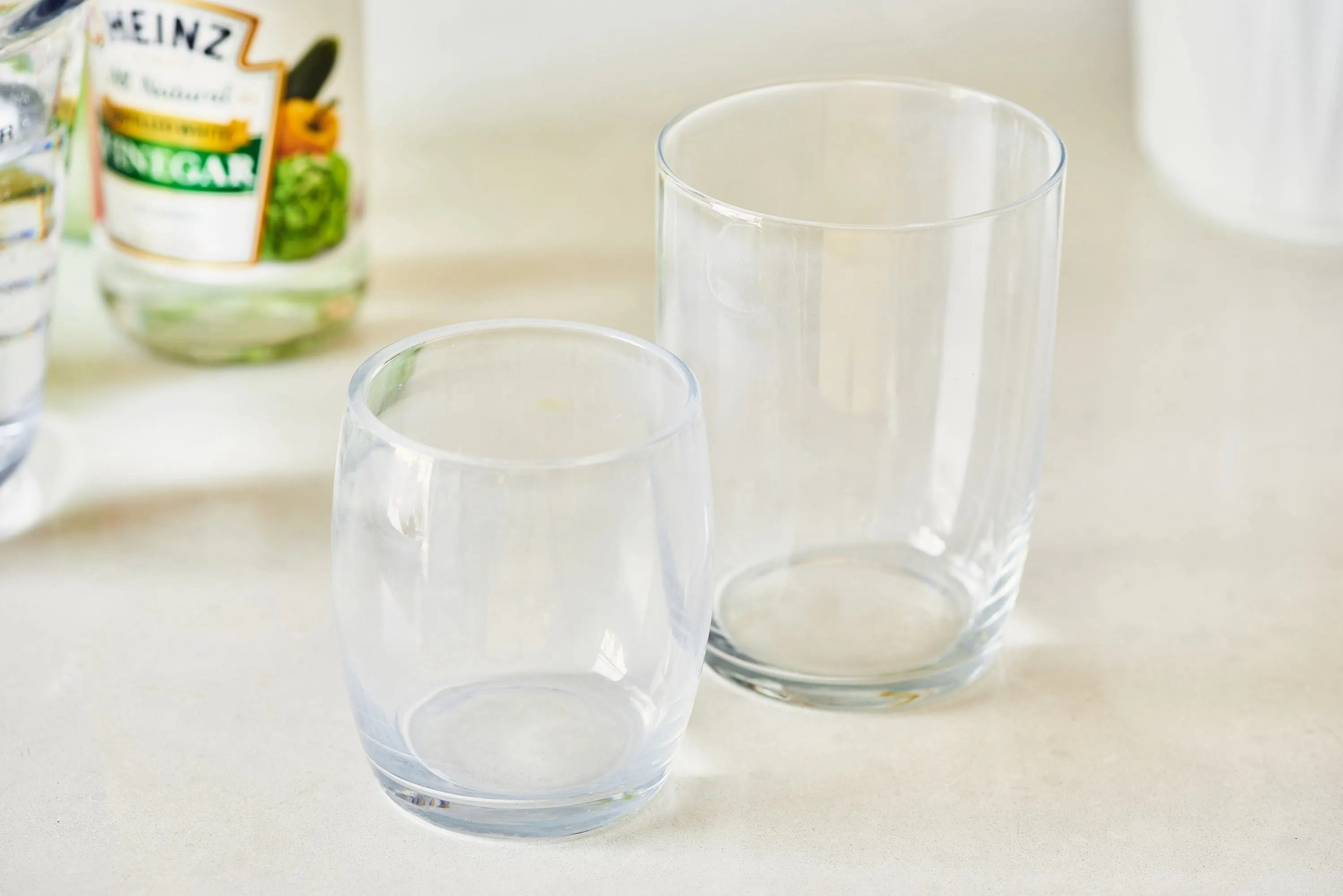
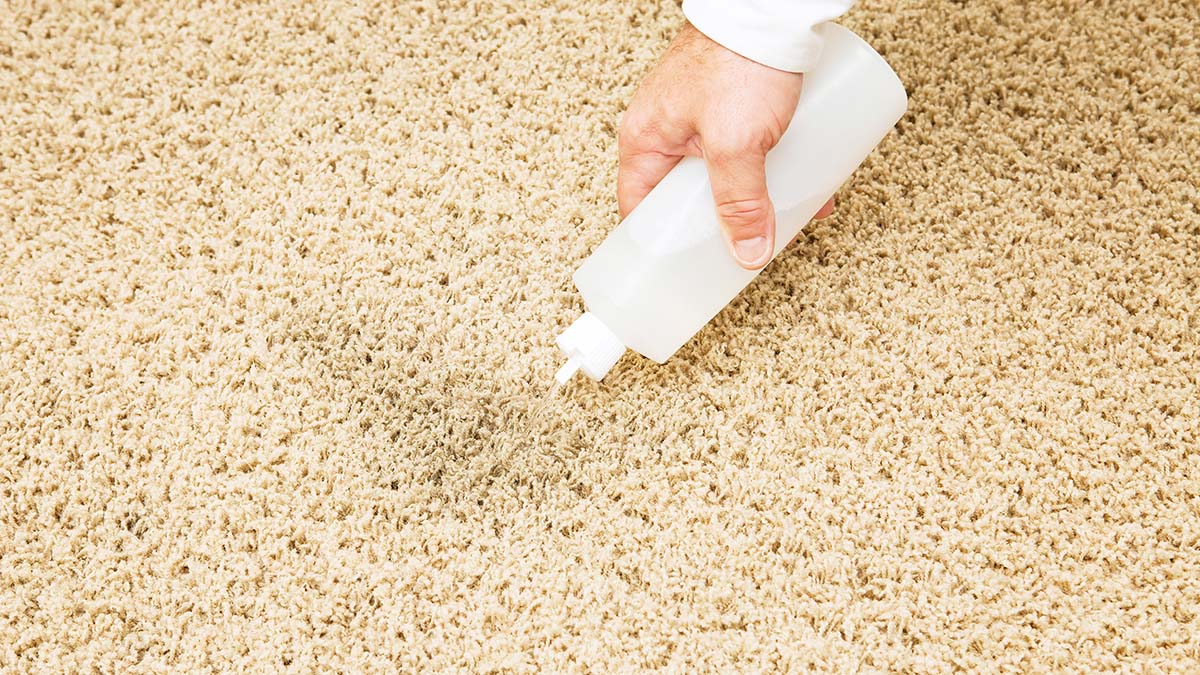
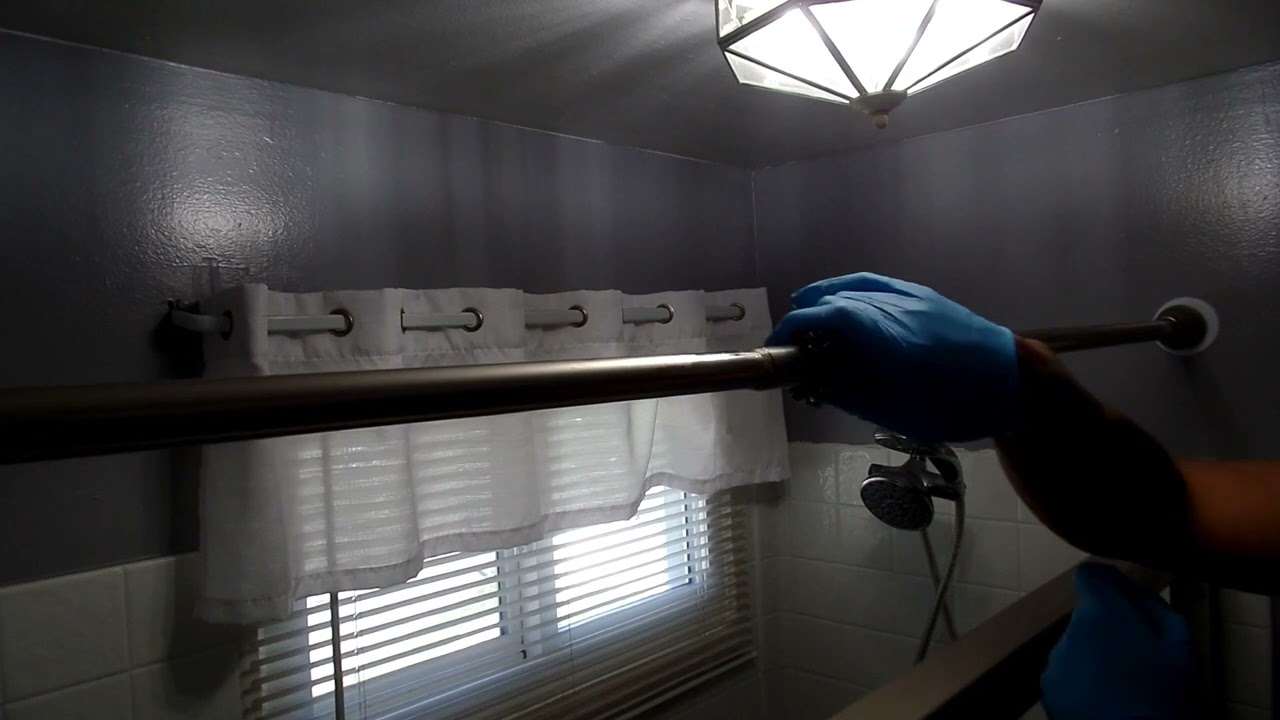
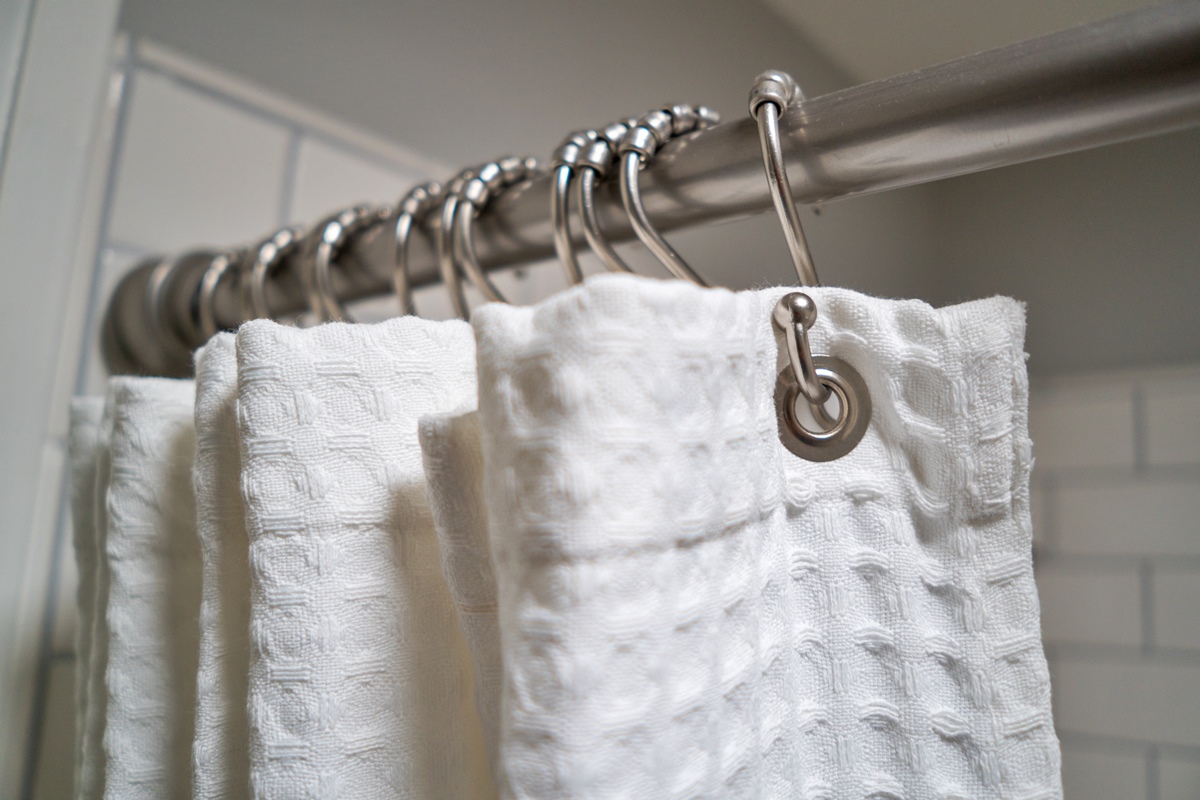
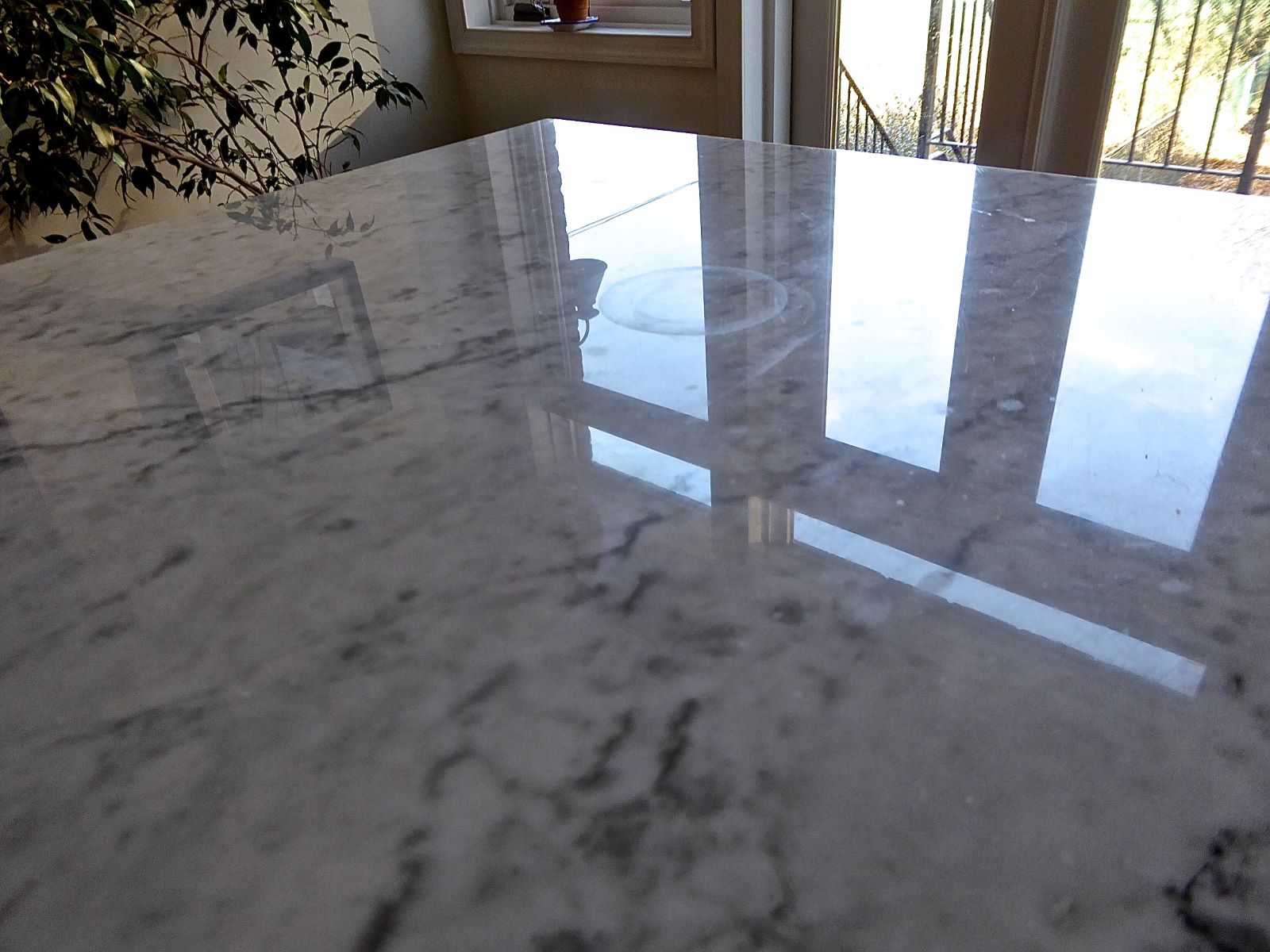
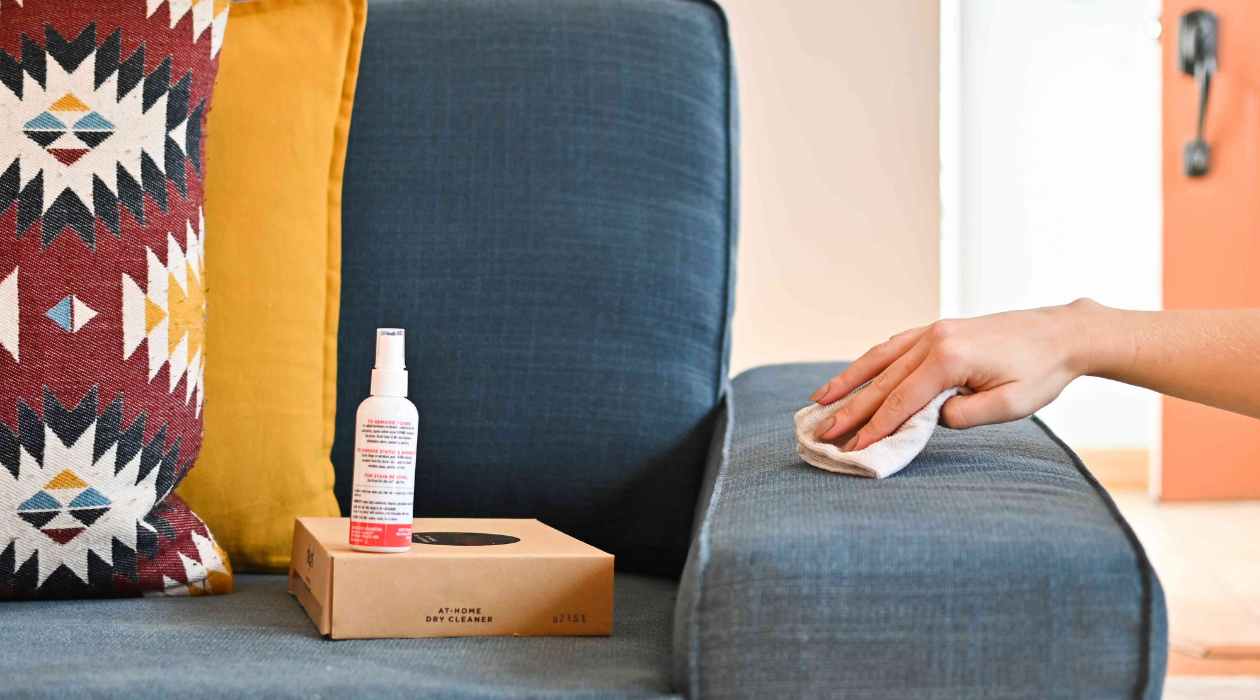
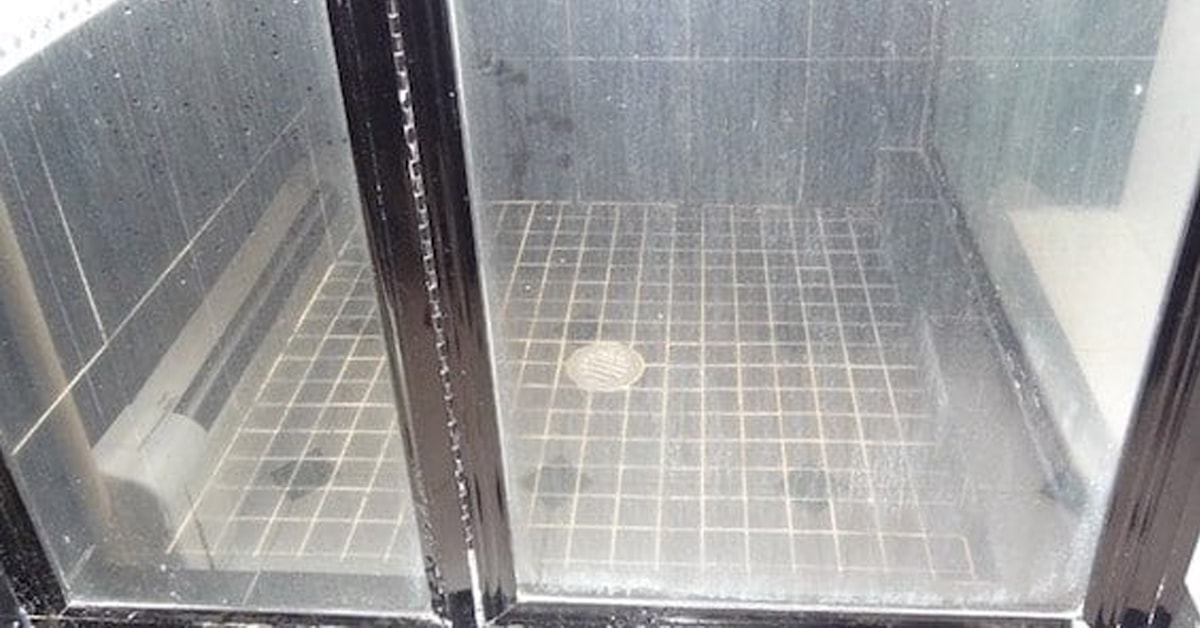
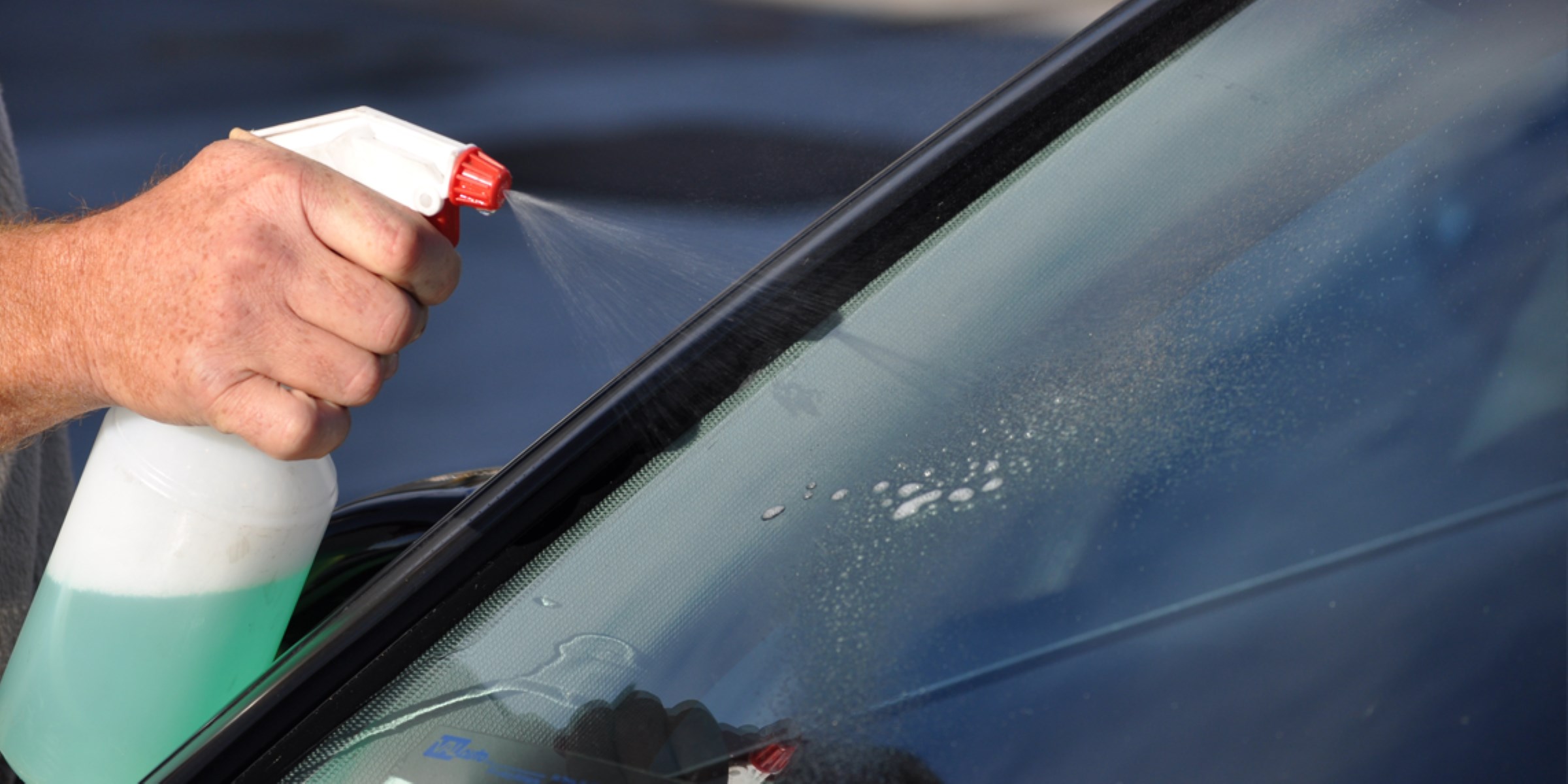

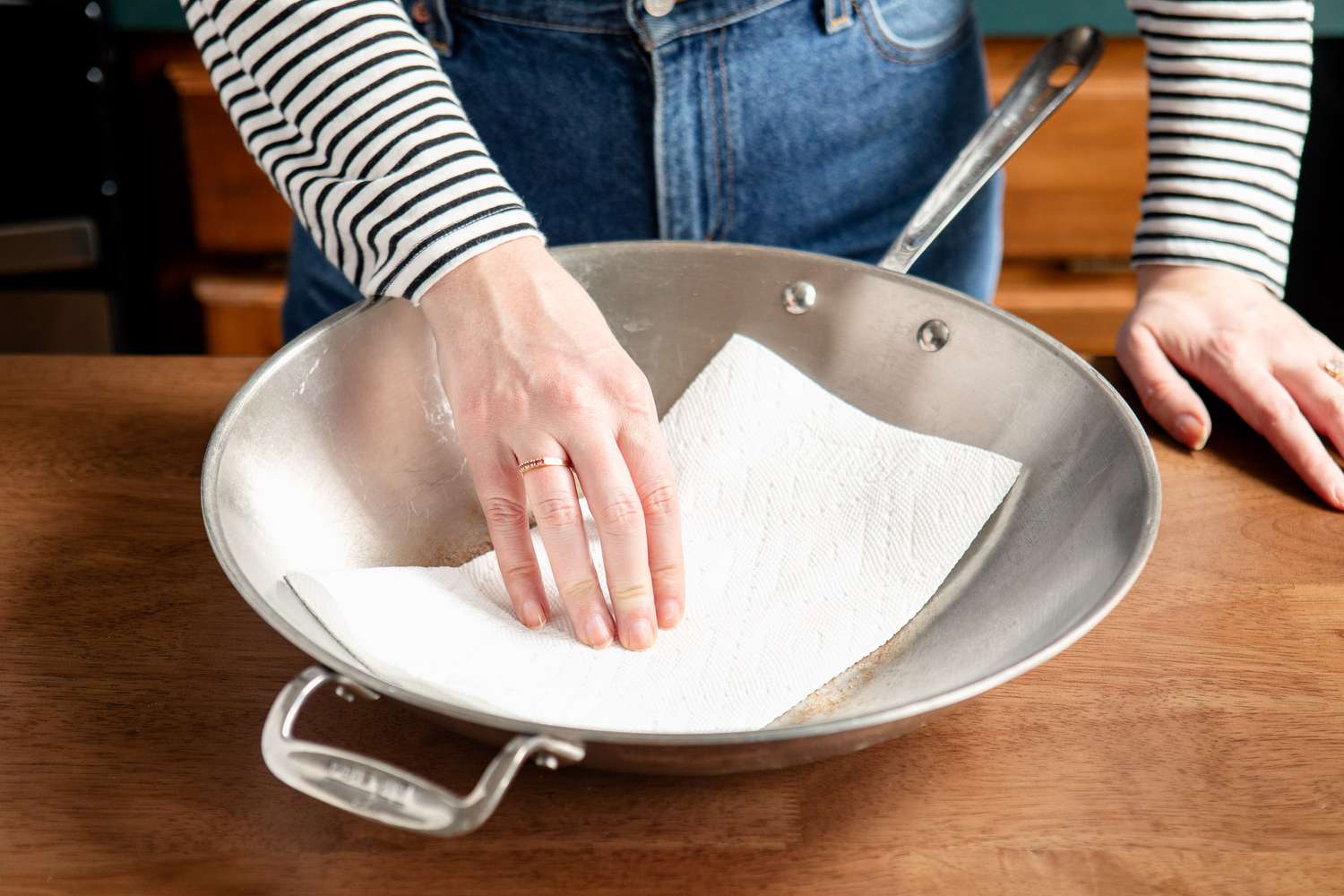
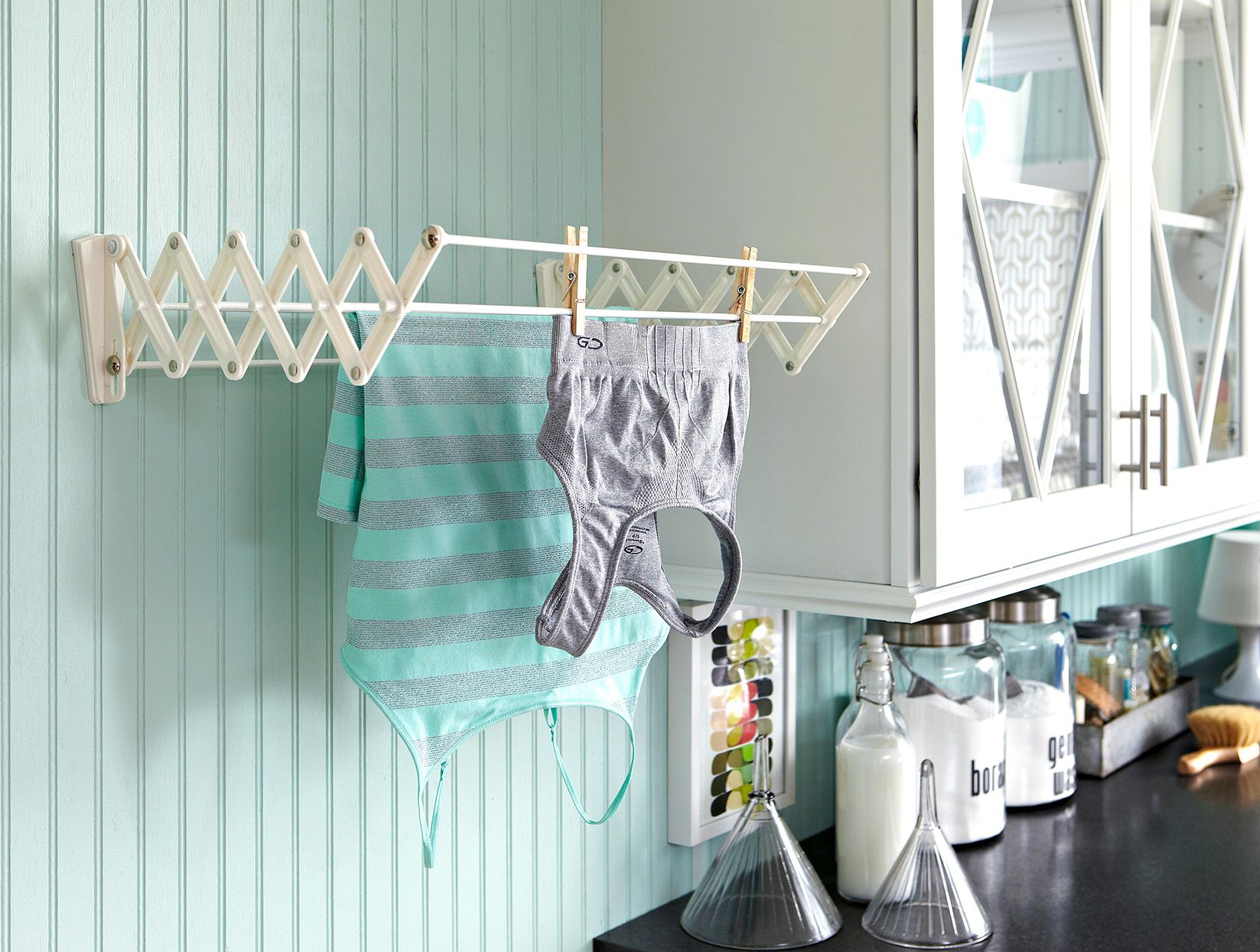
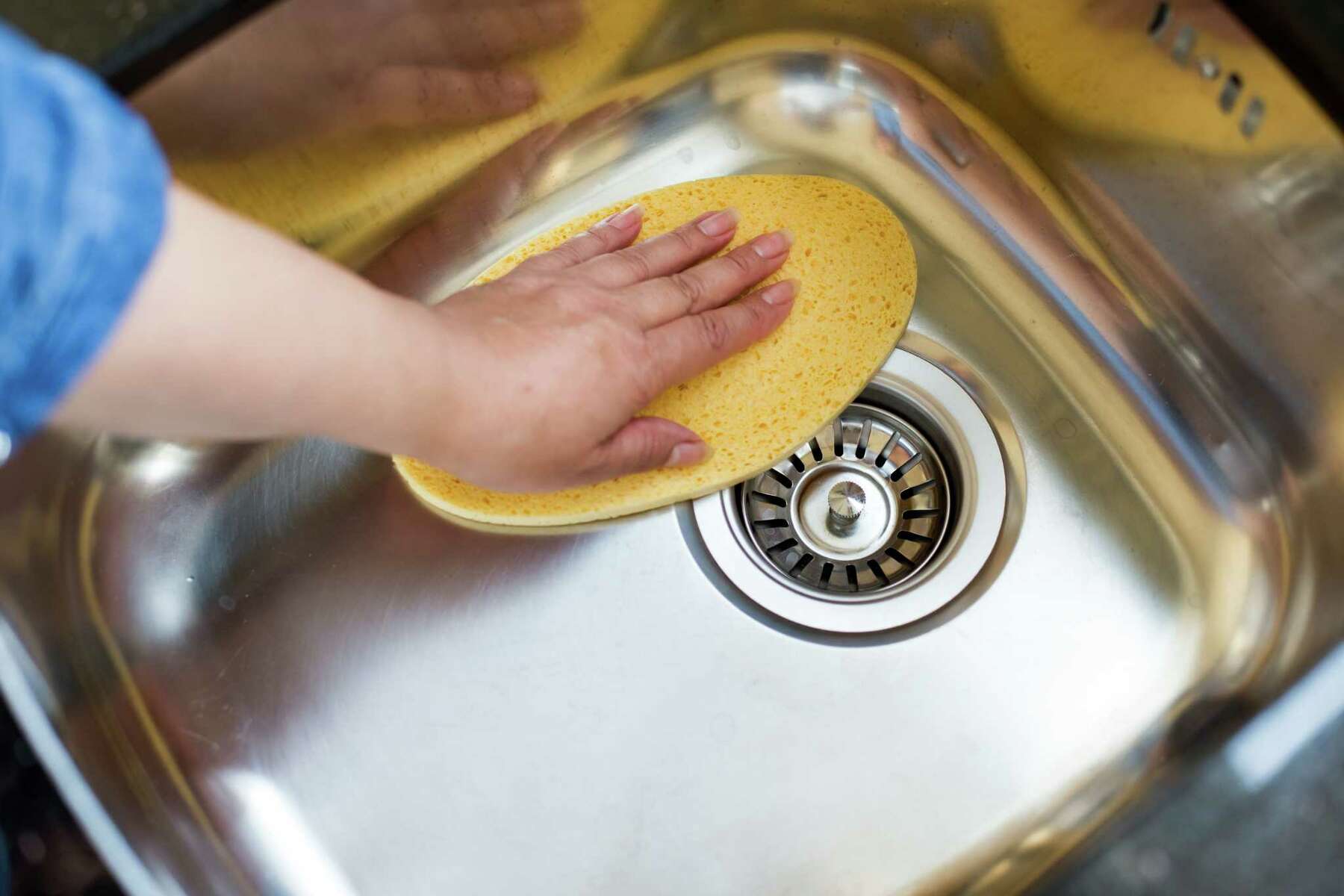
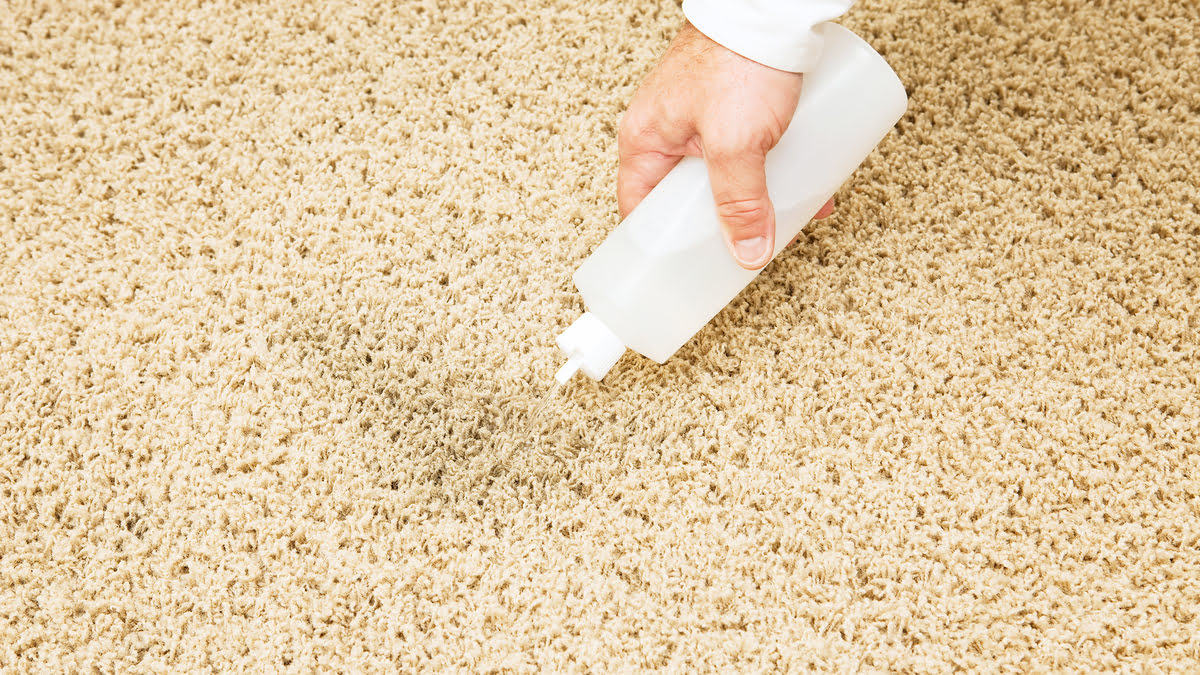

0 thoughts on “How To Remove Water Stains From A Fabric Shower Curtain”